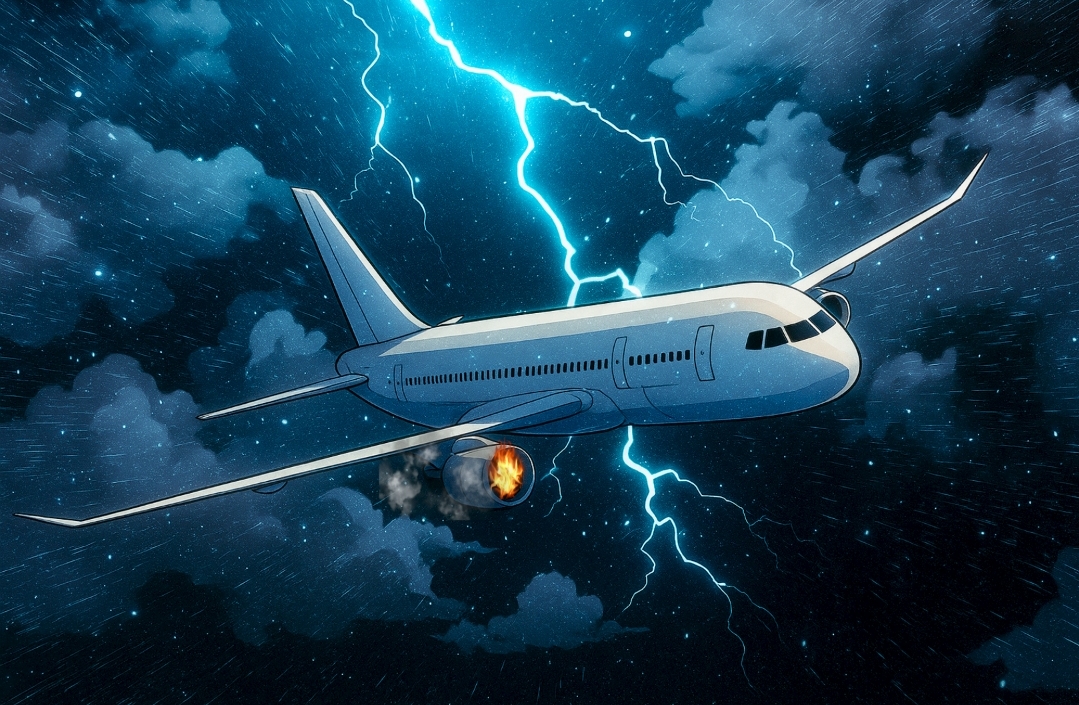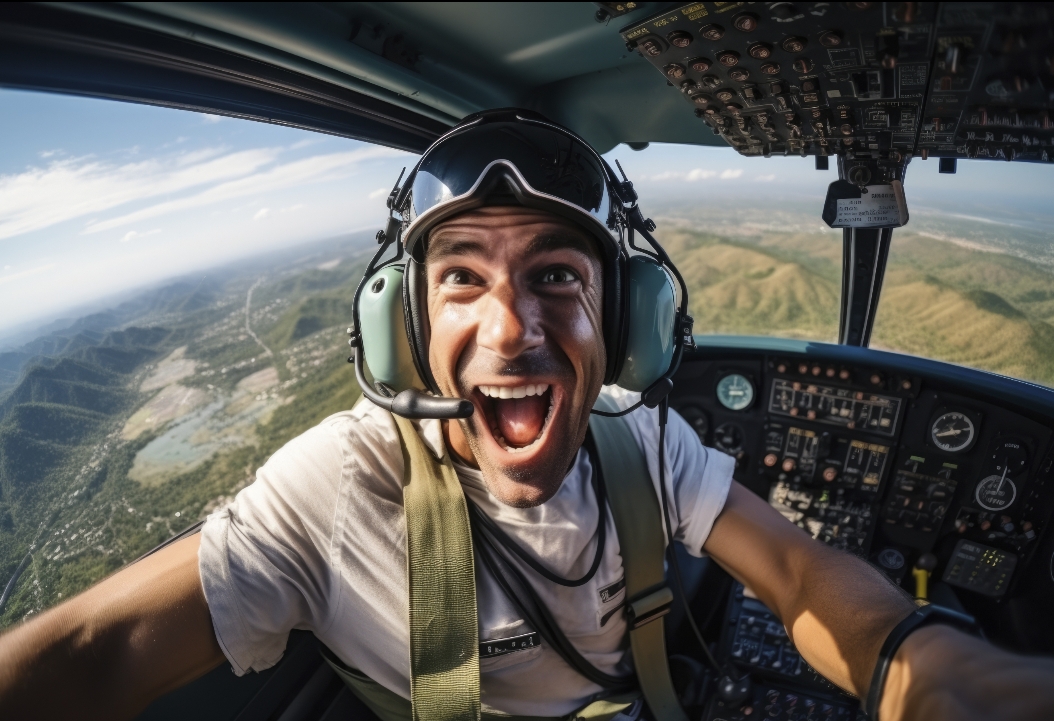‘Top 5 Deadliest Commercial Airline Disasters in History : A Complete Overview’
1. Air India Flight 171 – Ahmedabad, India (June 12, 2025)
-
Aircraft: Boeing 787-8 Dreamliner
-
Fatalities: 242 (including 217 adults, 11 children; 169 Indian nationals, 53 Britons, 7 Portuguese, 1 Canadian)
-
Flight Crew: Captain Sumeet Sabharwal (8,200 flying hours), First Officer Clive Kunder (1,100 hours)
-
Cause: Investigations are ongoing; potential factors include pilot error, mechanical failure, bird strike, or loss of thrust in both engines.
-
Black Box Evidence: One of the flight’s black boxes has been recovered to aid the inquiry .
-
Date & Time: June 12, 2025, approximately 13:38 IST
-
Location: Crashed into a medical hostel building near B.J. Medical College, Ahmedabad .
2. TWA Flight 800 – Atlantic Ocean, USA (July 17, 1996)
-
Aircraft: Boeing 747-131
-
Fatalities: 230
-
Cause: In-flight breakup due to explosion in center wing fuel tank caused by short circuit .
-
Black Box Evidence: Recovered flight data and cockpit voice recorders provided critical insights into the cause.
-
Date & Time: July 17, 1996, 8:31 p.m. EDT
-
Location: Near East Moriches, New York, USA.
3. American Airlines Flight 587 – New York City, USA (November 12, 2001)
-
Aircraft: Airbus A300B4-605R
-
Fatalities: 265 (including 260 onboard and 5 on the ground)
-
Cause: Structural failure and separation of vertical stabilizer due to inadequate flight training leading to loss of control .
-
Black Box Evidence: Flight data and cockpit voice recorders indicated overuse of rudder controls in response to wake turbulence.
-
Date & Time: November 12, 2001
-
Location: Belle Harbor, Queens, New York City, USA.
4. Korean Air Flight 801 – Guam, USA (August 6, 1997)
-
Aircraft: Boeing 747-3B5
-
Fatalities: 229
-
Cause: Controlled flight into terrain due to poor communication between the flight crew and captain’s poor decision-making on non-precision approach .
-
Black Box Evidence: Cockpit voice recorder revealed miscommunication and misinterpretation of approach procedures.
-
Date & Time: August 6, 1997
-
Location: Bijia Peak, Asan-Maina, near Antonio B. Won Pat International Airport, Guam, USA.
5. British European Airways Flight 548 – Staines, England (June 18, 1972)
-
Aircraft: Hawke
-
R Siddeley Trident 1C
-
Fatalities: 118
-
Cause: Deep stall and loss of control on take off due to pilot error and captain’s undiagnosed heart condition .
-
Black Box Evidence: Cockpit voice recorder revealed critical conversations leading up to the crash.
-
Date & Time: June 18, 1972
-
Location: Near Staines, England, UK.
Learning from the Skies: Tragedies That Shaped Aviation Safety
Aviation has long been one of the safest modes of transportation, but history reminds us that this level of security was achieved through the painstaking analysis of accidents and tragedies. Each incident, as devastating as it is, becomes a cornerstone in understanding the multifaceted vulnerabilities of modern flight—from human error and mechanical failure to miscommunication and environmental hazards.
One of the most sobering truths in aviation is that no accident occurs in isolation. There are almost always a series of events—technical, human, or environmental—that culminate in disaster. Whether it’s a misinterpreted landing procedure in poor visibility or a critical systems failure mid-flight, the chain of errors is rarely confined to a single point of failure. What follows each tragedy is a rigorous investigative process involving multiple agencies, including aircraft manufacturers, aviation authorities, and independent experts, all committed to preventing recurrence.
While cockpit voice and flight data recorders, commonly referred to as black boxes, often play a central role in uncovering the causes of a crash, it is the systemic changes following investigations that drive real progress. These changes might include redesigning aircraft components, revising pilot training programs, or updating international aviation protocols. For example, better rudder training, new fuel tank safety standards, and terrain awareness technology were all implemented as a result of insights drawn from past crashes.
Moreover, the evolution of flight safety isn’t limited to technical enhancements. Mental health assessments for pilots, real-time aircraft tracking, and improved communication protocols between air traffic control and flight crews have emerged as vital components of safer skies. Cultural changes in airline operations—encouraging more collaborative decision-making in the cockpit and de-emphasizing authoritarian command structures—have also significantly reduced risk.
It is important to recognize that for every major incident that captures headlines, countless others are averted thanks to the lessons learned from past tragedies. Each crash investigation contributes to a robust framework of preventative measures and safety checks that protect millions of passengers daily.
As the aviation industry continues to expand globally, especially in regions witnessing rapid growth in air travel, the importance of learning from history becomes even more critical. In a domain where precision, communication, and trust must operate flawlessly at 35,000 feet, it is only through constant vigilance and adaptation that the industry honors those lost—and protects those yet to fly.
Conclusion
These disasters underscore the critical importance of stringent safety measures, effective crew training, and thorough investigation of flight data to prevent future tragedies. The aviation industry continues to evolve, learning from past mistakes to enhance the safety and reliability of air travel worldwide.


